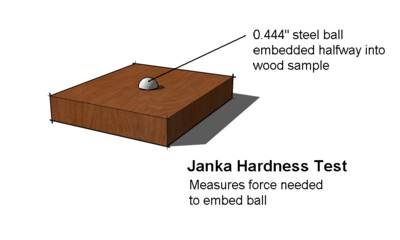
Pearwood (African) // Baillonella toxisperma
Featuring an interlocking, yet straight, grain Pearwood is attractive and uniform. The surface often shows some slight figure or shimmer. The wood is extraordinarily stable and fine textured making it good for both machining and hand operations. However, the silica content in the wood dulls cutters and blades faster than other woods.Color Range
Pale yellow to tan with a slight pinkish tinge. Very evenly colored.Other Names
Njabi, Adza, African pearwood, Dimpampi, Moabi, Pear Wood, Nigerian PearwoodSome Typical Uses
Cabinetmaking, Carvings, Construction, veneer, Flooring, Furniture, Joinery, Joists, Parquet flooring, Turnery, Veneer, Fine WoodworkWhat's the Tree Like?
An enormous tree that grows up to 200 feet tall and free of branches to 100 feet. Can be up to 10 feet in diameter.Pearwood (African) grows in Africa



